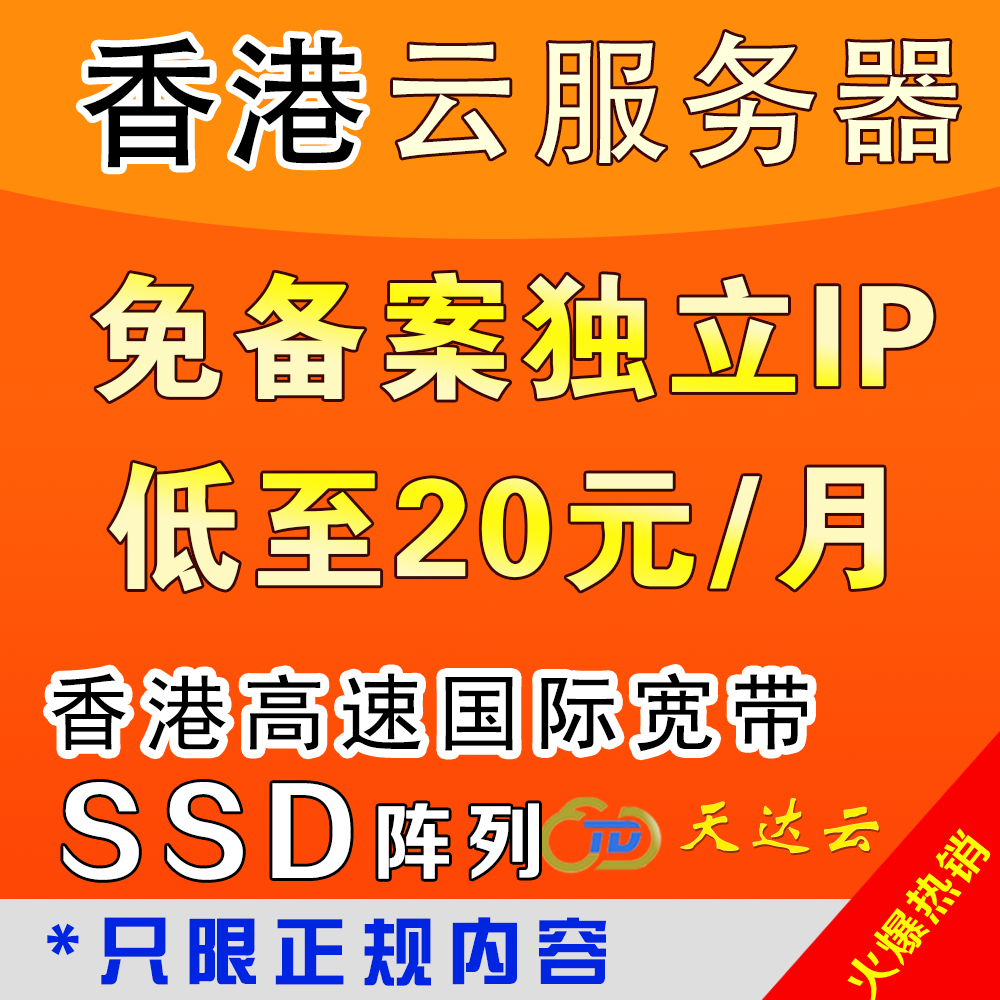新时尚Windows8开发(17):自各儿也来做一做弹出对话框
日期:2014-05-17 浏览次数:20961 次
新时尚Windows8开发(17):自己也来做一做弹出对话框
Windows Store应用程序有点像Web页面,一般而言,我们只有一个窗口,不会像传统的桌面应用程序那样,使用多个子窗体。
前面我们也讨论过MessageDialog类用来弹出对话框,但是,它只能显示文本信息,如果一些复杂的内容,就不能满足我们的要求了。本来考虑Windows.UI.Core命名空间下的CoreWindowDialog类,但,后来发现这个类貌似一个空壳子,反正我是不知道这个类是怎么用的,那么,咋办呢,有没有其它方法呢?
其实所谓的弹出层,说白了,其本质就是一个控件,这个控件我们如果玩过WPF,会觉得灰常熟悉,谁呢?就是这位帅哥——Popup(位于Windows.UI.Xaml.Controls.Primitives下),怎么样,似曾相识吧?
我们总结,每个弹出层,无论其内容是什么,都有以下共同特点:
1、有一个半透明的层覆盖在现有UI上,以阻止用户操作弹出对话框下的UI元素。
2、除了内容不同,弹出层的大小位置以及背景都是一个样的。
这样的话,我们不妨自己来写一个控件,这个控件具有内容模型,这样,在弹出框中需要什么内容,我们只需设置其Content就行了。
下面,我们就实地演练一下吧。
1、用动VS,新建一个空白页面项目。
2、在“解决方案资源管理器”上右击,从菜单中选择“添加”-“新建项”。

在接下来的窗口中选择“模板化控件”,输入控件名字,确定。

让后你会看到下面这个。

3、打开Generic.xaml,先为控件定义好模板。
<ResourceDictionary
xmlns="http://schemas.microsoft.com/winfx/2006/xaml/presentation"
xmlns:x="http://schemas.microsoft.com/winfx/2006/xaml"
xmlns:local="using:App1">
<Style TargetType="local:PopControl">
<Setter Property="Template">
<Setter.Value>
<ControlTemplate TargetType="local:PopControl">
<Grid>
<Rectangle Canvas.ZIndex="0" Fill="Black" Opacity="0.4"/>
<ContentPresenter Content="{TemplateBinding Content}" HorizontalAlignment="{TemplateBinding HorizontalContentAlignment}" VerticalAlignment="{TemplateBinding VerticalContentAlignment}" ContentTemplate="{TemplateBinding ContentTemplate}" />
</Grid>
</ControlTemplate>
</Setter.Value>
</Setter>
</Style>
</ResourceDictionary>
模板一点也不复杂,接下来是核心部分,就是控件的逻辑代码。
using System;
using System.Collections.Generic;
using System.Linq;
using Windows.UI.Xaml;
using Windows.UI.Xaml.Controls;
using Windows.UI.Xaml.Data;
using Windows.UI.Xaml.Documents;
using Windows.UI.Xaml.Input;
using Windows.UI.Xaml.Media;
using Windows.UI.Xaml.Controls.Primitives;
using Windows.UI.Xaml.Media.Animation;
namespace App1
{
public class PopControl : ContentControl
{
Popup m_pop = null;
public PopControl()
{
this.DefaultStyleKey = typeof(PopControl);
// 弹出层的宽度等于窗口的宽度
this.Width = Window.Current.Bounds.Width;
// 弹出层的高度等于窗口的高度
this.Height = Window.Current.Bounds.Height;
this.HorizontalContentAlignment = Windows.UI.Xaml.HorizontalAlignment.Stretch;
this.m_pop = new Popup();
// 将当前控件作为Popup的Child
this.m_pop.Child = this;
}
/// <summary>
/// 获取Popup的ChildTransitions集合
/// </summary>
public TransitionCollection PopTransitions
{
get
{
if (m_pop.ChildTransitions == null)
{
m_pop.ChildTransitions = new TransitionCollection();
}
return m_pop.ChildTransitions;
}
}
/// <summary>
/// 显示弹出层
/// </summary>
public virtual void ShowPop()
{
if (this.m_pop != null)
{
this.m_pop.IsOpen = true;
}
}
/// <summary>
/// 隐藏弹出层
/// </summary>
public virtual void HidePop()
{
if (this.m_pop != null)
{
免责声明: 本文仅代表作者个人观点,与爱易网无关。其原创性以及文中陈述文字和内容未经本站证实,对本文以及其中全部或者部分内容、文字的真实性、完整性、及时性本站不作任何保证或承诺,请读者仅作参考,并请自行核实相关内容。
